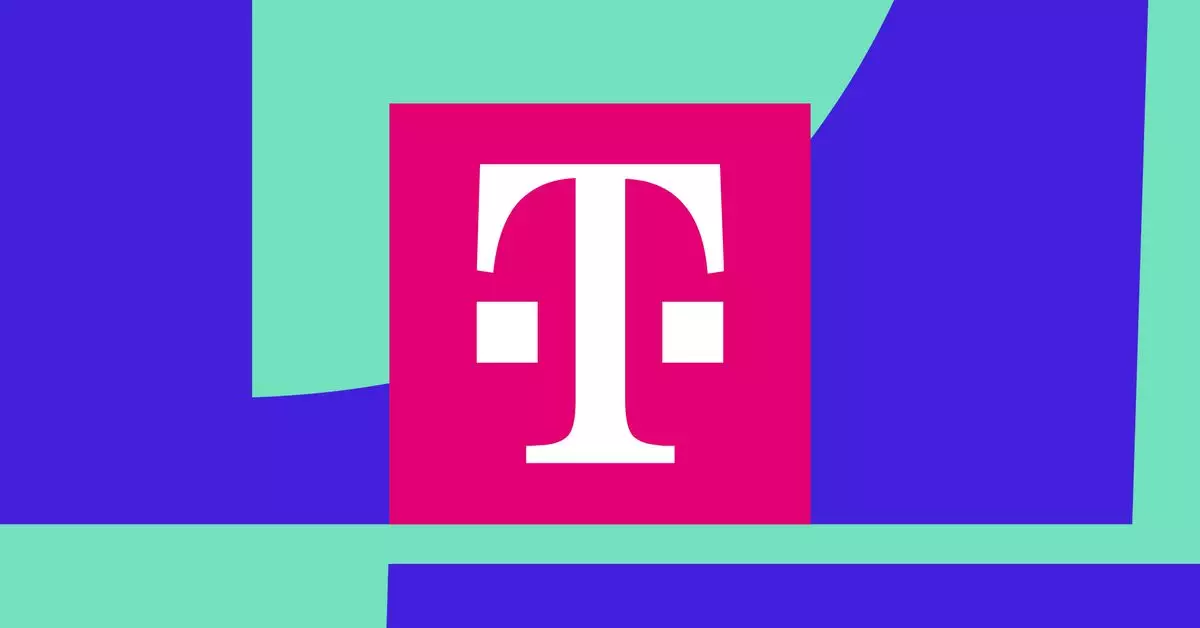In an age where natural disasters often lead to communication breakdowns, innovative technology is stepping up to bridge the gaps. Following the devastating impacts of Hurricane Helene and Hurricane Milton, T-Mobile has partnered with SpaceX to facilitate SMS communication via Starlink satellites. This groundbreaking initiative not only assures connectivity but also enhances the ability to reach loved ones or emergency services during critical times.
SpaceX’s announcement underscores the vital role of technology in emergencies: “We have now enabled basic texting (SMS) for those on T-Mobile phones in hurricane-affected areas.” This simple yet significant development paves the way for a new standard in emergency communications, showcasing how satellite connectivity can serve as a lifeline when terrestrial networks face disruptions.
For T-Mobile customers, these newly enabled services are particularly essential when conventional cellular networks falter under natural disaster conditions. The mechanics are straightforward; users will notice a modified network identifier—“T-Mobile SpaceX”—indicating their connection to Starlink satellites. Initial reports reveal that users may observe signal strength ranging between one to two bars, highlighting the reliance on satellite technology for operational communication.
However, users should remain informed about the nuances of this service. SpaceX advises that messages might require multiple attempts to send, and the service is optimized for outdoor use. While there is potential for limited indoor functionality—especially near windows—the outdoor environment is deemed optimal for reliable connectivity. This is an important consideration for users who may need to access emergency services swiftly.
The Federal Communications Commission (FCC) plays a pivotal role in this emergent landscape, having granted SpaceX and T-Mobile temporary approval for this direct-to-cell communication service following Hurricane Helene’s aftermath. This regulatory backing represents a vital endorsement of innovative technologies that seek to enhance public safety and communication reliability during crises.
The implications of this partnership extend beyond mere survival; they open dialogues around future applications of satellite technology in everyday life, especially in areas often left vulnerable by traditional communication infrastructure. With the successful activation of SMS services, there’s a roadmap for potential expansion into other services such as voice calls or even broader internet connectivity options for underserved regions.
The collaboration between T-Mobile and SpaceX signals an important shift towards more resilient communication strategies in an increasingly unpredictable climate. While SMS functionality is just the beginning, the long-term vision of extending such satellite services could revolutionize emergency communications, paving the way for more integrated disaster response systems.
As we reflect on the recent hurricane events, it is reassuring to witness how cutting-edge technology is not only responding to immediate needs but is also strategically positioned to face future challenges. The scale of this initiative is both commendable and necessary, illustrating how the convergence of tech and telecommunications can empower communities during their most vulnerable moments.

